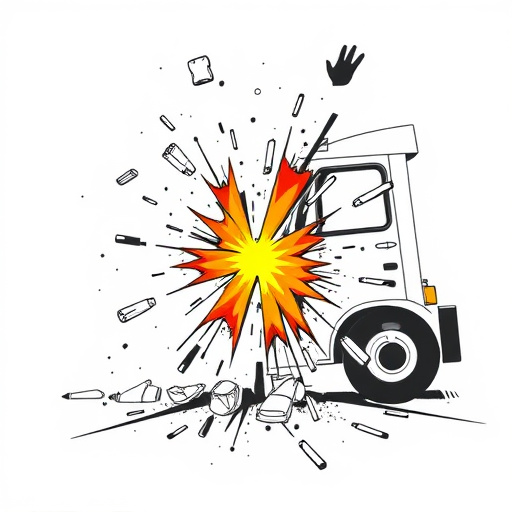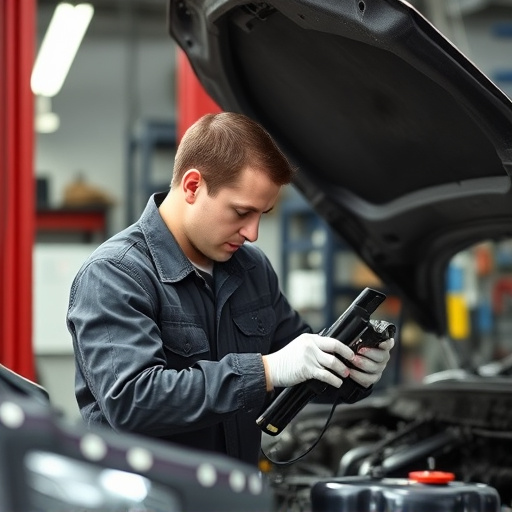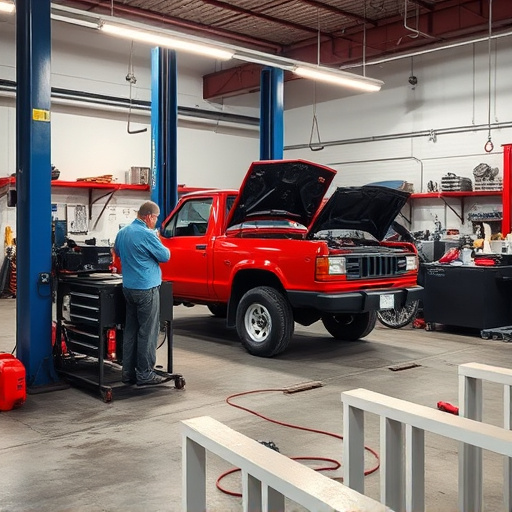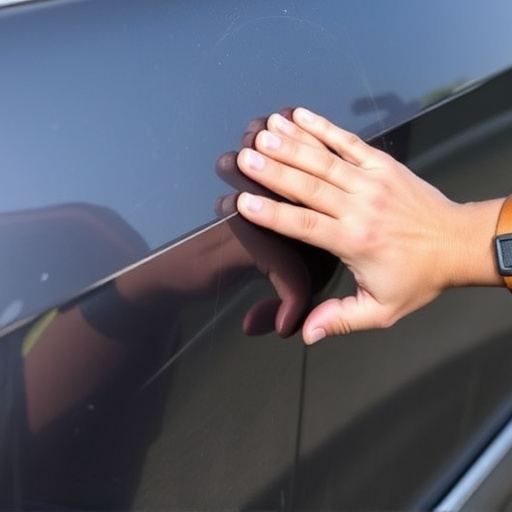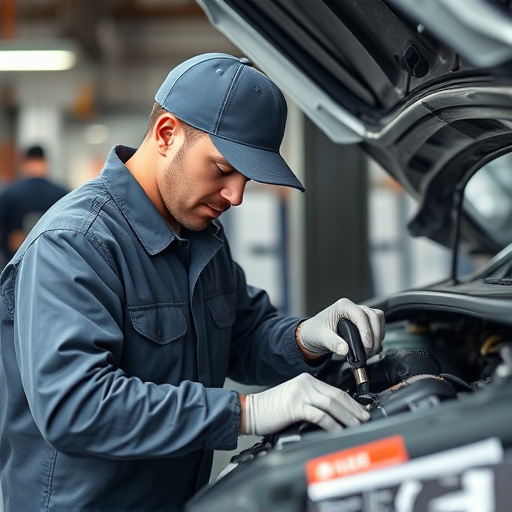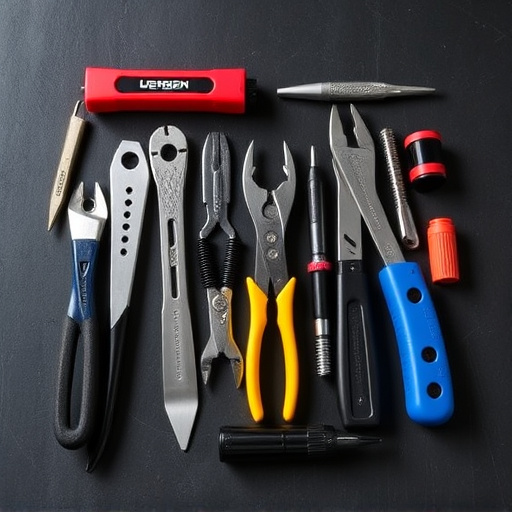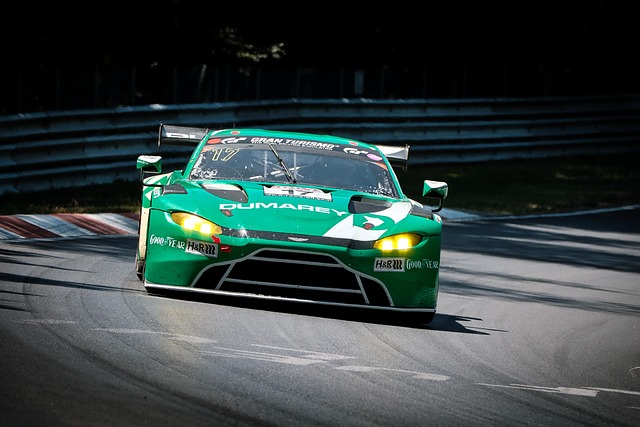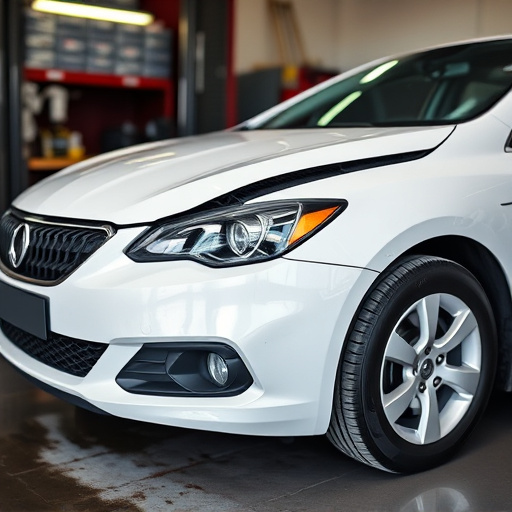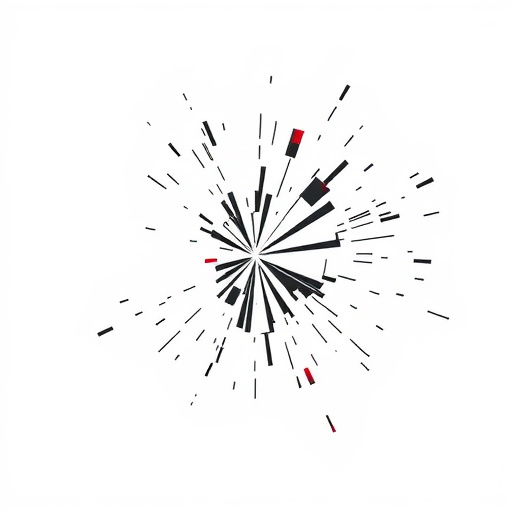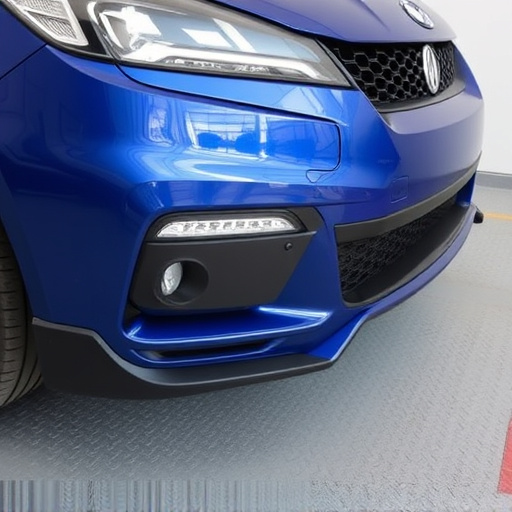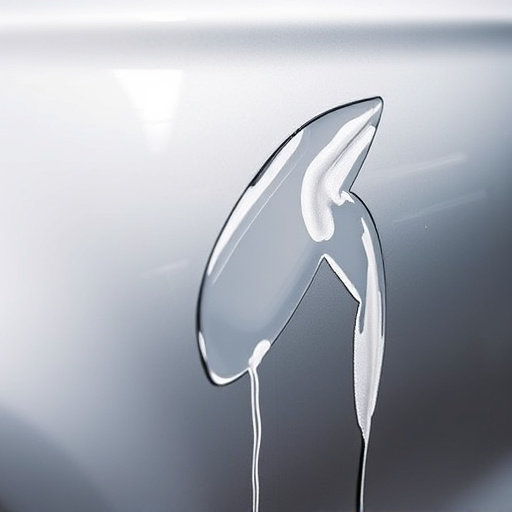Tesla performance calibration is a meticulous process that fine-tunes driving dynamics for an EV, akin to musical instrument tuning. Maintaining this calibration post-software changes or repairs is vital for optimal handling and agility. Firmware downgrades temporarily disrupt these settings, affecting acceleration, braking, steering, and ride quality. Re-calibrating after software updates ensures safe, dynamic handling through diagnostic checks, issue resolution, and fine-tuning various systems and parameters. Professional services are often needed for complex issues, while owners can make simple adjustments.
Tesla vehicles are renowned for their impressive performance, but what happens when you downgrade or rollback the firmware? This article delves into the intricacies of Tesla performance calibration, exploring how these updates can impact your vehicle’s dynamics. We’ll guide you through understanding basic calibrations and offer step-by-step instructions to re-calibrate and optimize your Tesla’s performance after a firmware rollback, ensuring you maintain the dynamic driving experience you expect.
- Understanding Tesla Performance Calibration Basics
- Impact of Firmware Downgrades on Vehicle Dynamics
- Steps to Re-Calibrate and Optimize Tesla Performance After Rollback
Understanding Tesla Performance Calibration Basics
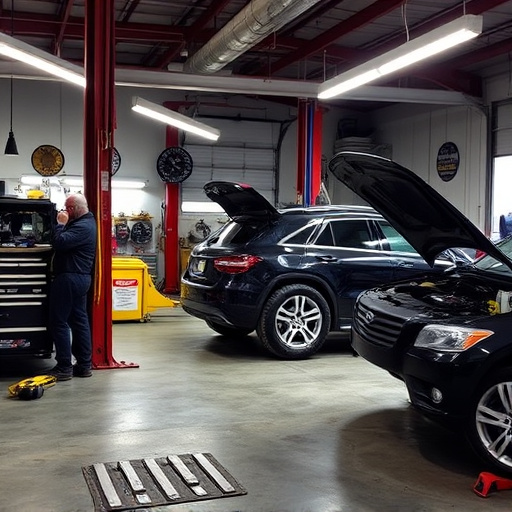
Tesla performance calibration is a crucial process that fine-tunes various aspects of your electric vehicle’s behavior. It involves adjusting settings related to acceleration, top speed, and overall responsiveness to ensure optimal driving dynamics. This calibration not only enhances the car’s performance but also contributes to a more personalized driving experience tailored to the owner’s preferences. By understanding these fundamentals, Tesla owners can better appreciate how firmware updates or rollbacks might impact their vehicle’s performance characteristics.
In essence, Tesla performance calibration is akin to fine-tuning a musical instrument. Just as different notes and chords create a symphony, precise adjustments to engine power, transmission shifts, and steering sensitivity produce a harmonious driving experience. Maintaining this calibration is essential, especially after software changes, to preserve the vehicle’s agility and responsiveness. Whether it’s addressing a recent firmware downgrade or rollback, owners should be aware of potential performance shifts and take proactive measures to ensure their Tesla continues to deliver on its exceptional promises, even in terms of car body repair and bumper repair scenarios that may arise from external impacts or accidents.
Impact of Firmware Downgrades on Vehicle Dynamics
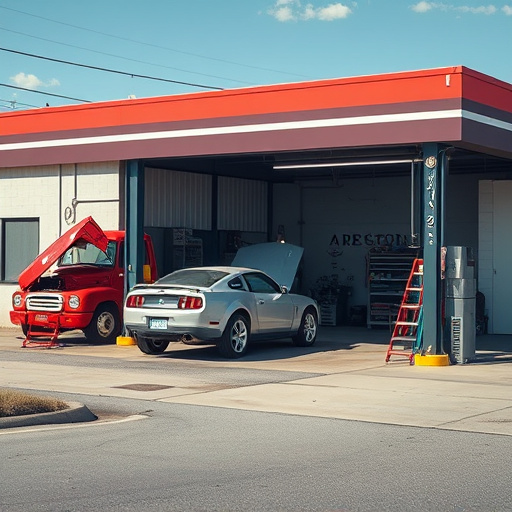
When a Tesla undergoes a firmware downgrade or rollback, it can significantly affect its vehicle dynamics and handling. These updates are often implemented to rectify software issues or introduce new features, but they may temporarily disrupt the precise calibration of various performance systems. The impact can be felt in acceleration, braking, steering responsiveness, and overall ride quality—all critical aspects for an optimal driving experience.
As Tesla continues to refine its firmware and over-the-air updates, maintaining a precise Tesla performance calibration becomes even more essential. Auto body services professionals play a vital role here, ensuring that vehicles return to their original specifications after any software changes. Through specialized tools and expertise in vehicle body repair, they can adjust settings related to suspension, traction control, and other dynamic systems, thereby restoring the desired handling characteristics and safety measures.
Steps to Re-Calibrate and Optimize Tesla Performance After Rollback
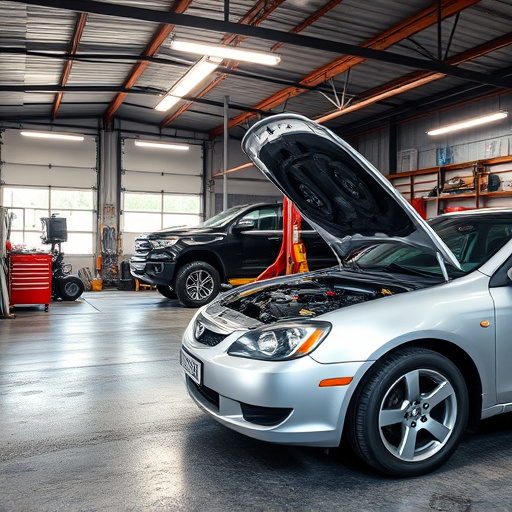
After a firmware downgrade or rollback on your Tesla, re-calibrating its performance is crucial to ensure optimal driving dynamics and efficiency. The process typically involves several steps that can be completed by both owners and professional auto body services. First, update your Tesla’s firmware to the latest version, as rollbacks are often temporary fixes. Next, conduct a thorough check of all vehicle systems using specialized diagnostic tools, identifying any anomalies or performance issues. This includes testing the acceleration, braking, steering, and suspension systems, as well as verifying tire pressure and wear.
Once any issues are identified, proceed to calibrate each system independently using the vehicle’s onboard settings or professional auto body services. For example, recalibrate the traction control, stability control, and adaptive cruise control to ensure they respond accurately to driver inputs. Additionally, optimize the vehicle’s performance by fine-tuning engine mapping, transmission settings, and other parameters. This can significantly enhance driving pleasure and fuel efficiency. Remember that a mercedes benz repair might be necessary for more complex issues, while simple adjustments can often be made by experienced owners, ensuring your Tesla performs at its best after a downgrade or rollback.
Tesla vehicles, known for their advanced technology, sometimes require a nuanced approach to performance tuning after firmware updates. Downgrading or rolling back firmware can impact vehicle dynamics, making it essential to understand and recalibrate Tesla performance settings. By following the outlined steps, car enthusiasts can optimize their Tesla’s performance and ensure a seamless driving experience post-firmware rollback, maintaining the vehicle’s dynamic character.
